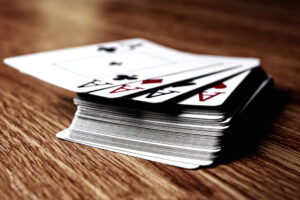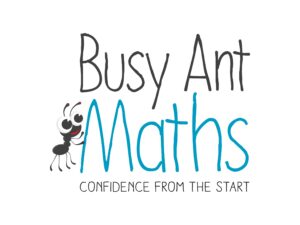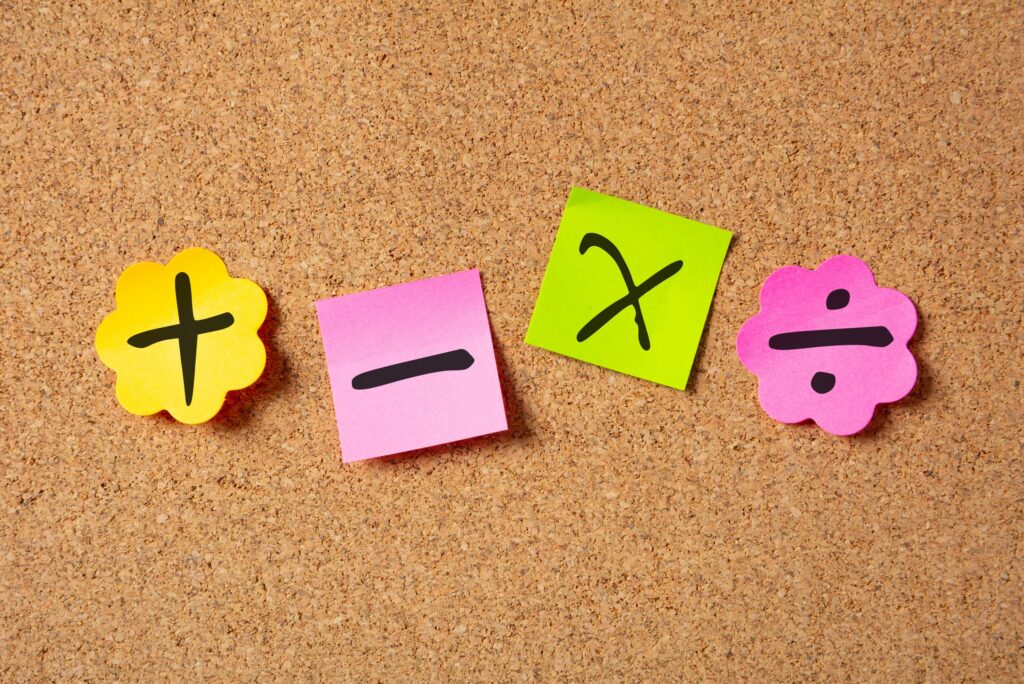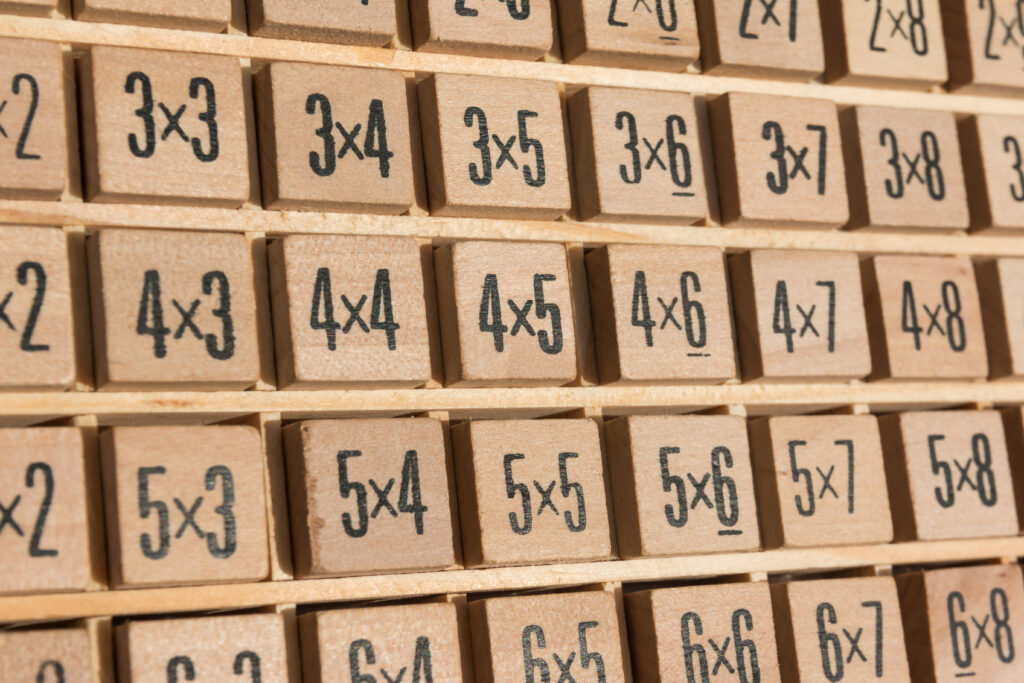Even if we don’t recognise it, many of the decisions we make each day are based on probability. Subconsciously, we often question the decisions we make on probability in order to ‘improve’ our chances, sometimes beneficially, at other times not.
Activity One – Daily Decisions (suitable for Years 3 to 6)
Learning Objectives:
To recognise that many of the decisions we make each day rely on probability.
To understand why we use probability to help us make decisions.
Ask the pupils to tell you any decisions that they have made that day. Examples could be:
- What they had for breakfast
- Whether they wore a coat to school today
- When playing football whether they tried a shot on goal or passed the ball to a player in a better position
Ask them how they made the decisions…
With what they had for breakfast, it’s likely that they would have considered what they actually have in the cupboard and also possibly what they had to eat yesterday and the day before.
With the clothing question, they would have looked outside to see if it was cold or raining.
With the football shot, their decision could be made based on their interpretation of their chance of success but possibly to do with a little bit of greed for glory.
Ask them if they can think of any ways in which they could have improved their decisions.
Again with the breakfast decision, they could look in the cupboard to see what they have, shake each box to determine which they have most of and possibly read the boxes to see which sounds most appealing.
With the coat decision, a quick check of the weather forecast online or on TV would give a more accurate idea of what to expect, whilst the football decision requires the player to look at the positions of the players and the goal, plus also considering the opposition’s players they would have to get past to be able to score.
Activity Two – Probability and Decision Making (suitable for Years 3 to 6)
Learning Objective:
To be able to use data to help make decisions.
To recognise the part probability has in making and refining decisions.
The BBC website runs a football results prediction game on a Saturday where their journalist pits his predicting skills against a celebrity. You might question how much probability has to do with this compared to the value and skills of the players but in using the information available, probability does have a large effect on what the result turns out to be, especially when the actual result comes in and the small number of correct predictions is seen.
Tell the pupils that you are going to ask them to predict the results of the football games in the premiership due to be played the following weekend.
Tell the pupils some of the fixtures and ask them who they think will win. Perhaps if it’s Manchester United v Aston Villa, they will say Manchester United, maybe if it is Everton v Stoke City, they will suggest a draw.
Ask them what they based their decision on and you’ll find that it is usually based on popularity and the popularity of some teams is based on success. Teams which have less national and international appeal are seen as less successful and when paired together in this exercise are likely to be considered a draw.
Now, on the whiteboard, display the premiership football table and have to hand the fixtures. Ask the pupils the same questions and how they came to their decisions. This time they may use the simple data that the winning team will be the one higher up the table and that teams close together will play out a draw. A higher level question to pose at this point is to ask them what the effect on the table would be if that proved to be true (Answer: The gap in points between the top and the bottom of the table would be very wide and the teams would be grouped in three bands of points).
Now highlight for them the statistics that show how many home games and how many away games each team has won, lost or drawn and ask if they want to change their prediction. Traditionally teams do better at their home grounds so if Manchester United are playing away at Aston Villa, the result could be different. Look too at how many goals they score at home and away and the information enables us to refine our decision.
After having refined their decisions, await the day of the matches and see how they fare against each other. If the results don’t go as predicted, talk about what may have affected the result – players being sent off, the weather, new players, players being injured etc.
Activity Three – Outcomes and Probability (suitable for Years 3 to 6)
Learning Objective:
To know that the rules of probability always apply.
To understand how, even if the rules of probability appears not to have been followed, they will have.
Two games help pupils to understand the rules of probability but also to see that probability isn’t infallible.
The first game involves a pack of cards. You can either do this manually with card packs for pairs of pupils to use or find a card choosing program online to use on the whiteboard.
Ask the pupil to choose a card then predict whether the next card chosen would be higher or lower. Ask them to calculate the probability of the outcome they expect. If they choose a three, the chances of a lower value card is potentially two in thirteen, a higher value card, ten in thirteen, although in practice the choosing of a card alters the probability slightly and increasingly as the game progresses.
The pupils may notice that the probability of the decision is actually the comparison of the probabilities. So there is actually a one in five chance of picking a lower value card and a four in five chance of choosing a higher value card.
The second game involves tossing a coin. Probability tells us that there is a 50/50 chance of tossing heads and the same chance of tossing tails.
Ask the pupils to toss the coins ten times then twenty times, recording the data as they go. Beforehand, ask them to predict the results. Probability tells us we should record five heads and five tails in the first game, ten heads and ten tails in the second, but in practice this doesn’t often work. Ask them now to multiply up their data to predict the expected results for tossing the coins a hundred times then complete the activity to see if that proves true.
Now, to explain any anomalies in the data, do the tossing again yourself and ask them to predict each time what they expect the result to be. The key to this will be seen when you toss a sequence of the same results. The expectation of the pupils will be that the next toss will be the opposite but by reiterating the question ‘what is the probability of tossing heads and of tails?’, it’s still 50/50, the fact that the previous sequence may have been several heads or several tails is irrelevant.
Looking for a flexible whole school maths programme?
Busy Ant Maths ensure conceptual understanding and mathematical fluency from the start. Find out more here.







